
IMG_2101 - A series of limestone quarries, where thousands of prisoners, slaves and their families, lived and worked in ~400 BC.
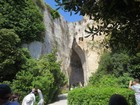
IMG_2102 - Dionysius' Ear. That tyrant eavesdropped on prisoners via a tunnel from the far end of the cave to the surface.

IMG_2104 - An indication of the height of the Dionysius' Ear cave.

IMG_2106 - It was easy to carve side rooms or tunnels in the soft stone.

IMG_2109 - The back, top corner of the cave and the tunnel to the surface, where Dionysius listened to prisoners talking.
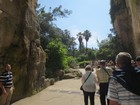
IMG_2115 - The 1693 earthquake collapsed many large caverns, so private owners planted oleander and lemon groves.
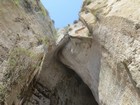
IMG_2116 - The top of the entrance to Dionysius' Ear.
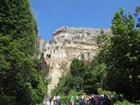
IMG_2118
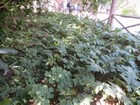
IMG_2119 - The acanthus plant that inspired the design of the capitals of Corinthian columns.
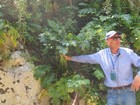
IMG_2120 - Acanthus leaves as they would appear on a Corinthian column.
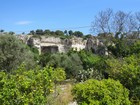
IMG_2121
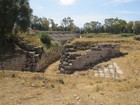
IMG_2126 - In 200 AD, this 140 m by 119 m Roman amphitheatre was built in Neapolis, especially for gladiator shows.